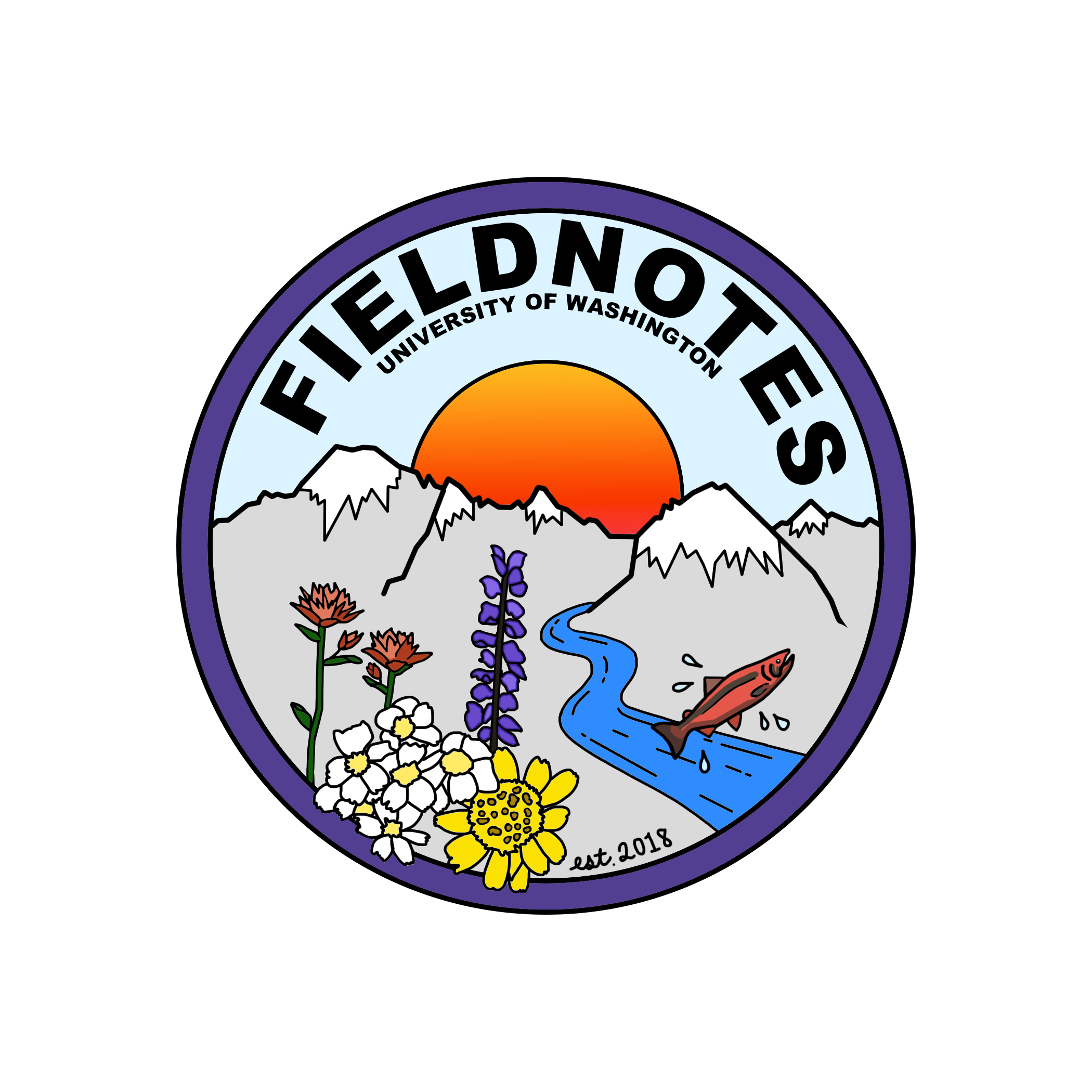The Hidden Cost of Clean Energy
A Native American family near Celilo Falls, photo courtesy of Yakima Valley Museum via Yakima Herald. Cover photo by Herb Alden Photograph, courtesy of Oregon Historical Society via oregonhistoryproject.org
By Madie Mamer
On March 10, 1957, the gates of Dalles Dam on the Columbia River opened, flooding Celilo Falls within a day. Once a roaring falls along the Columbian river, Celilo stood as a pillar both for cultural and economic significance for Native tribes. For the last 11,000 years, tribes across 3 states would travel to Celilo to fish and trade during the salmon season. Long nets and spears were used to catch thousands of salmon per day during peak seasons, while trade occurred on the banks.
Recognizing the importance of Celilo Falls to the local tribes (Nez Perce, Umatilla, Warm Springs, and Yakama), the American federal government drafted a series of treaties in 1855 to protect and ensure ancestral fishing sites. Just over a century later, Celilo Falls was buried and with it the empty promises of the American government.
After breaking these treaties, the federal government recognized they had to compensate the Native communities for their loss. Promised new infrastructure for a town on the banks of the flooded Celilo falls, the Natives were given old army barracks that had poor sewage treatment, asbestos, and were physically cut off from the river via a highway.
As the American public grapples with social inequity and the climate crisis, Native communities are standing invisibly at a crossroads with their feet in both avenues.
With 11 American dams total on the Columbia River (4 being federally managed), the environmental and ethical issues at Celilo are exacerbated across the Columbia River basin. The dams together account for roughly 50% of the northwest’s energy supply, which is an incredible proportion of energy being accounted for by renewables. However, at what cost is this “clean energy” being made? To truly solve the climate crisis, shortcuts that inevitably harm an entire community cannot be the main avenue for creating solutions. The PNW is stereotypically the most advanced in the United States in terms of battling the climate crisis, which makes the fact that the solutions are at the cost of the Native communities especially harrowing.
Over 6 decades have passed since the gates opened at The Dalles Dam, burying Celilo Falls. The community is still grappling with the economic and cultural loss of the relentless roar of falling water. This experience at Celilo is not standalone. As of 2016, all proposed dams in Canada are within 60 miles of at least one Native community. This “clean energy” is in demand for northeastern American cities, meaning the tragedy at Celilo will be repeated. True climate solutions need to incorporate retribution and acknowledgment for the BIPOC communities who are continuously dealt with the brunt of efficiency.

